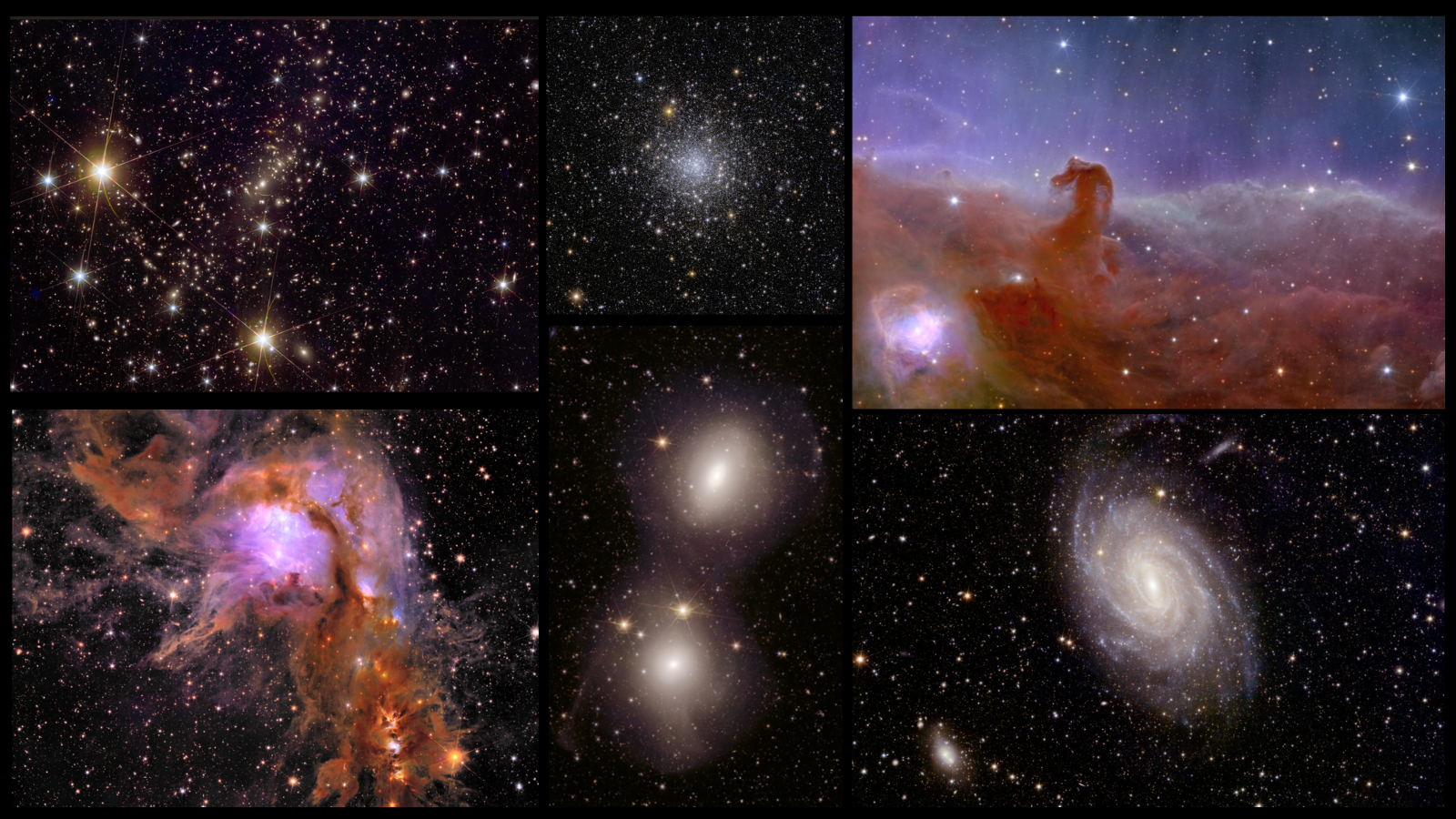On Thursday (May 23) the European Space Agency (ESA) and its collaborators released a set of five images constructed by its revolutionary space telescope Euclid. The Euclid consortium had previously released five images from the space telescope on November 7, 2023. Euclid has been labeled Europe's " dark universe detective " because its wide field of view allows it to track billions of galaxies across 10 billion years of cosmic history, enabling astronomers with tools that can reveal more about two mysterious elements of our cosmos: dark energy and dark matter .
Even before getting to work on collecting scientific data to unravel the mysteries of dark energy and dark matter, however, collectively referred to as the " dark universe ," Euclid demonstrated its potential with these two incredible sets of images. As such, Space.com asked several scientists in different fields to explain which of Euclid's images from the two releases are their favorites thus far, and why.

Related: The Euclid 'dark universe detective' telescope has revealed new images of the cosmos — and they are remarkable Dark energy is the placeholder name given to the force accelerating the expansion of the universe, pushing galaxies away from each other faster and faster. Looking at galaxies that existed when the 13.8 billion-year-old universe was just around 4 billion years old could thus reveal how this force has evolved over time, helping determine its true nature.
Dark matter, on the other hand, is a form.
















